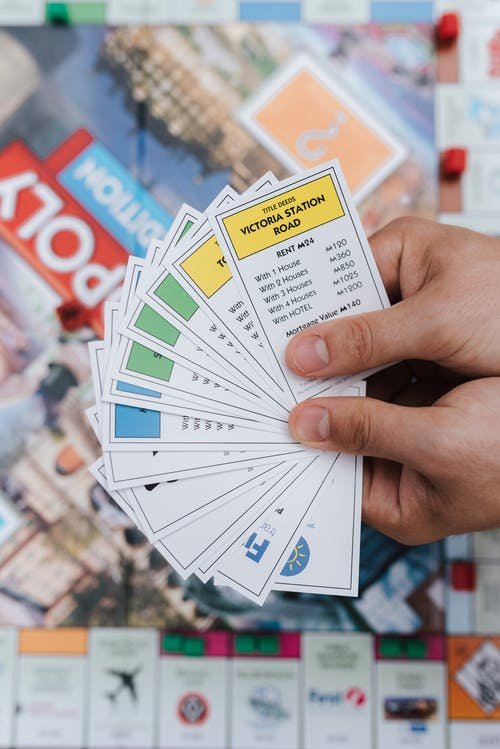Value
The last element of the equation is value. No matter what you are buying, you have to believe that you are going to get value from it. If you have a meal in a restaurant, there are two levels of value you can receive. First, the simple act of eating provides you with sustenance and nourishment to keep going for the next few hours. However, any food can do this. The real value in a meal out is in the experience, which can include the taste of the food, ambience of the restaurant, the service, the company etc. All of this is difficult to put a price on and therefore equally difficult to value. Two different people can easily value the same experience quite differently.
In any business scenario, there is the same requirement to evaluate the value of any deal. This is easy if it is a case of buying and selling shares, if you make more money than you spend, it is good value. However, buying a new laptop for an existing employee is more difficult to define. Are they that much more productive with the new laptop? Can they do things that they could not do before hand? For the sales person, defining the value of a potential sale to a customer can be very difficult. They must think like the customer, understand the customer’s exact needs and be able to translate their product’s features into value for the customer.
The customer must believe that they are going to be better off having bought your product than if they had not.
Value does not have to be measured purely in monetary terms. It could involve reduced risk; for example, replacing some equipment in an assembly line with another which breaks down less frequently will reduce the risk that the assembly line will be stopped for repairs. It could involve higher productivity; for example, replacing three machines with one which does the same job in half the time. While there is a cost involved in the purchase of the equipment, it is small compared to the savings gained by increasing productivity or increasing uptime of an assembly line. All of these demonstrate value but if the customer cannot understand how they will gain that value, they are not going to be convinced to buy the solution.
Value is very much in the eye of the person spending the money. The role of the sales person is to demonstrate clearly that their product offers value. This may involve demonstrating how it has provided value to other customers or by allowing the customer to have a trial of the product.
Chapters 15 to 21 of The Equation of Sales cover the aspects of a sales person’s role that deal with value. They are:
Chapter 15 – Value selling, how do you define the value of your solution;
Chapter 16 – Why change? why should your customer change what they are currently doing?
Chapter 17 – Why are you unique? what is unique about your solution that is valuable to the customer?
Chapter 18 – What does a good opportunity look like? how to rank each of your opportunities to know which to focus on;
Chapter 19 – Different Buyers, how to manage all of the different people involved in the sale;
Chapter 20 – Proposals, how to write effective proposals that convince your customer to buy;
Chapter 21 – Negotiation, how to handle the negotiations required once your customer wants to buy.
The video below discusses Needs in more detail.


